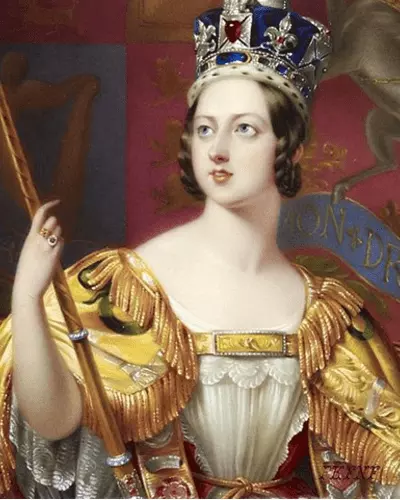Spinel has is a gem that has often been overshadowed by Ruby, but as more people have come to discover this beautiful mineral it has emerged from the shadows and is finally receiving recognition as a treasured gem in its own right. Sought after by gem dealers and collectors on account of its brilliance, hardness and wide range of spectacular colours, spinel, in addition to beautiful rich reds which imitate ruby and rare cobalt blue hues that convincingly look like blue sapphire, can also be found in a range of gorgeous pastel shades of pink, purple and even some ‘change-of-colour’ specimens.
Spinel is not only an attractive but a historically important gemstone that has been commonly mistaken with ruby (and is sometimes referred to as “balas ruby”.) Many famous red gems thought to have been rubies in crown jewels and exclusive collections around the world have been found to be spinel. Perhaps the best known spinel to have been misidentified as ruby is called “the Black Prince's Ruby,” part of the British Imperial State Crown. This magnificent 170-carat red spinel was worn by Henry V of England in battle! The “Timur ruby”, another beautiful and rare 361-carat red spinel, is owned by Queen Elizabeth and has the names of the Mughal emperors who previously owned it engraved on its face. Although not ruby, discovery of its true classification did little to change its value as today, these unique pieces are priceless based on their history, let alone their carat weight.
Some of the best red, pink and orange spinels are uncovered in Burma’s Mogok Stone Tract. The best blue and violet colours come from Sri Lanka, black colours are found in Thailand. Spinel is also mined in Vietnam, Tanzania, Madagascar and the Pamir mountains of Tajikistan. In modern jewellery, Spinel is gaining popularity and is now commonly recognized by dealers and connoisseurs and an exceptionally rare and valuable gem, on par with rubies and sapphires.

Tanja M. Sadow G.J.G.
Dean and founder of the Jewellery Design and Management International School
